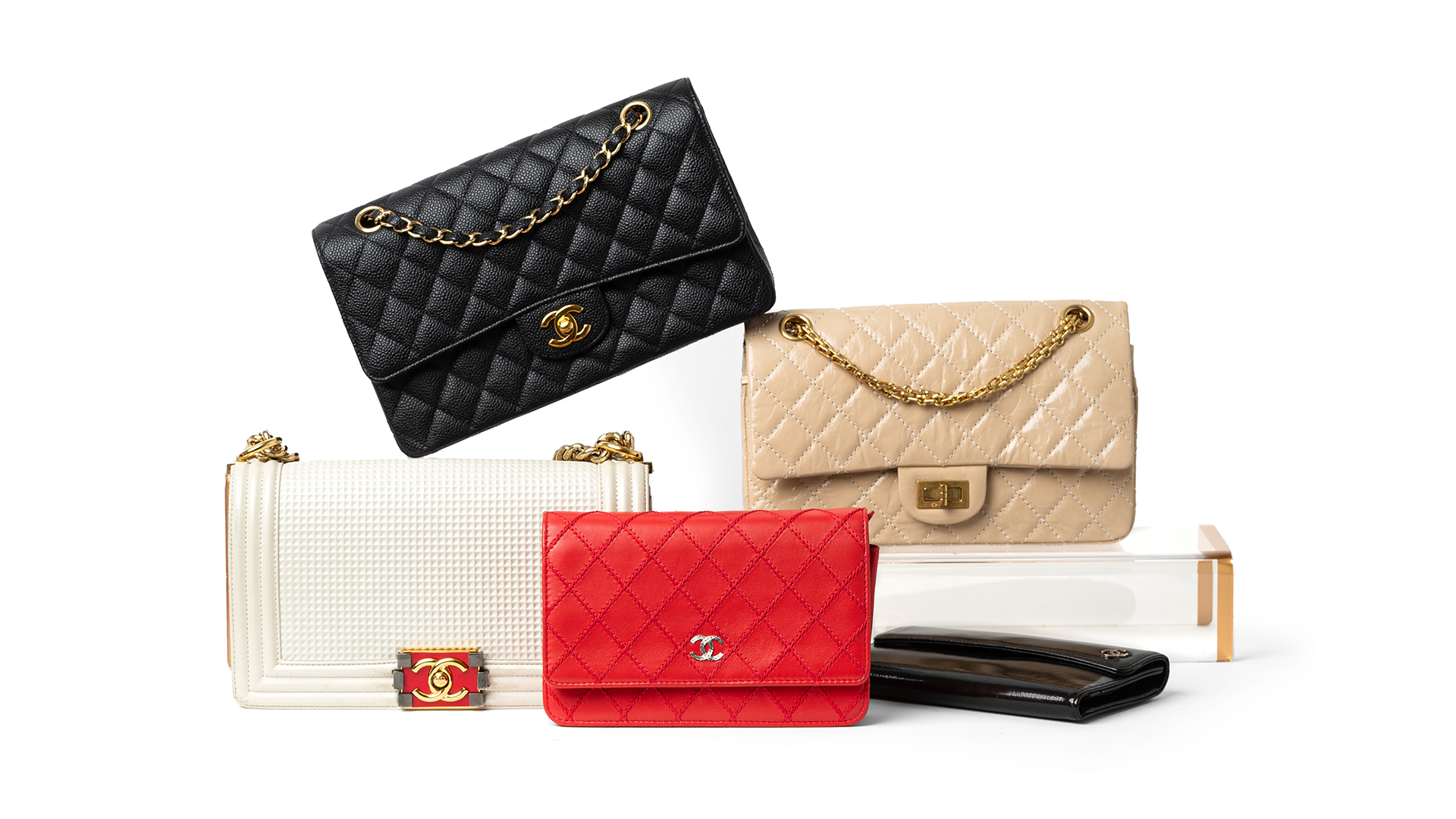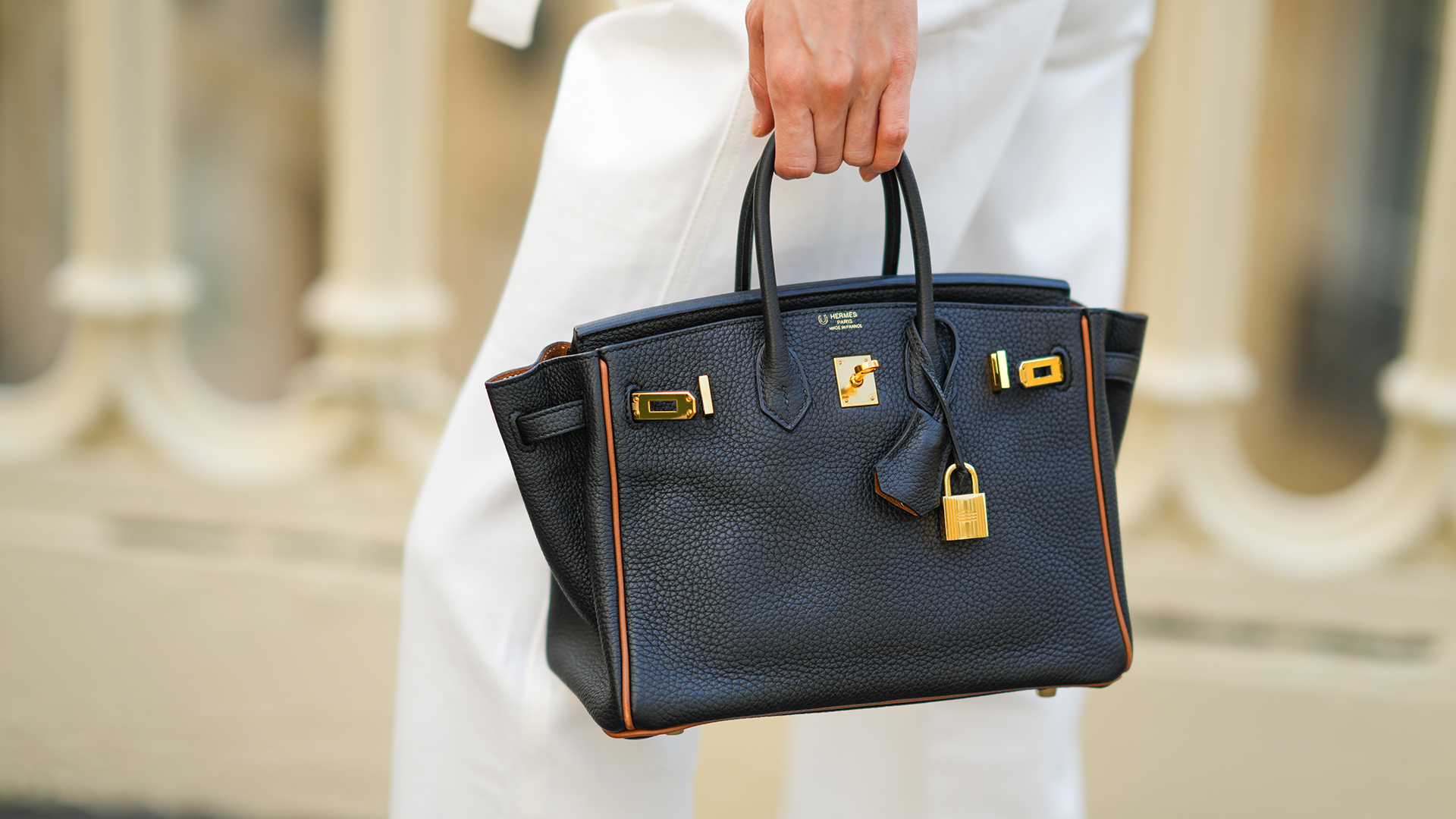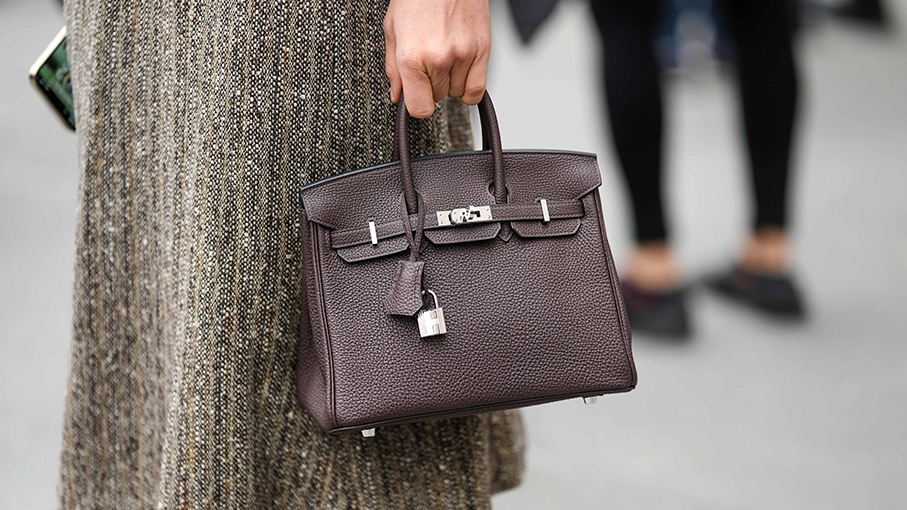
The Chanel Chronicle: From Humble Beginnings to Fashion Empire
The world of fashion has seen numerous designers and brands come and go, but few have stood the test of time as powerfully as Chanel. From its iconic double-C logo to the timeless allure of its classic flap bag and the ubiquitous No. 5 perfume, Chanel is synonymous with elegance, sophistication, and luxury. Let's delve into the captivating history of this legendary brand.
The Early Days: Gabrielle "Coco" Chanel
Born in 1883 in Saumur, France, Gabrielle Chanel was raised in an orphanage after her mother's death. It was here that she learned to sew, a skill that would set the trajectory for her life. She adopted the nickname "Coco" during her brief singing career in cafes and cabarets.

The Birth of a Brand
In 1910, Coco opened her first shop on Paris's Rue Cambon, initially selling hats. With her natural knack for style and her connections in the elite circles, her designs quickly gained recognition.
By 1915, Chanel had expanded her line to include clothes. Her designs were revolutionary for the time - she introduced casual, comfortable pieces that contrasted starkly with the restrictive corsets and elaborate designs of the era.
Innovations and Revolution
Coco's design philosophy was rooted in simplicity, comfort, and practicality. In the 1920s, she introduced the "little black dress," a simple yet elegant design that became an instant classic. Around the same time, Chanel No. 5 perfume was launched, which remains one of the most iconic fragrances to this day.
Another significant innovation was the Chanel suit, a collarless jacket, and well-fitted skirt. Made with inspired fabrics and attention to detail, it offered women elegance coupled with comfort.
The Double C and Classic Flap Bag
In the 1950s, Chanel introduced the classic flap bag, known for its quilted leather, chain strap, and signature double-C turn-lock. It redefined luxury handbags and is still one of the most recognizable and sought-after bags today.

Legacy and Rebirth
After Coco Chanel's death in 1971, the brand faced a period of stagnation until Karl Lagerfeld took over as the chief creative head in 1983. Lagerfeld brilliantly merged Chanel's original vision with modern tastes, catapulting the brand to even greater heights. Under his direction, Chanel became not only a fashion house but a symbol of luxury and avant-garde design.
Modern Era and Beyond
Today, under the guidance of Virginie Viard, who took over after Lagerfeld's passing in 2019, Chanel continues to be a dominant force in the fashion world. Viard's designs pay homage to both Coco's and Lagerfeld's visions, ensuring Chanel's relevance and allure in the 21st century.
Conclusion
Chanel's journey from a small hat shop to a global fashion empire is a testament to its founder's vision, resilience, and the brand's ability to evolve while staying true to its roots. As Coco Chanel once said, "Fashion fades, only style remains the same." In the ever-changing world of fashion, Chanel's enduring style and legacy are indeed here to stay.





